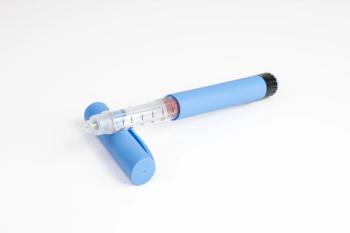
The Complex Relationship Between Alcohol, Women, Their Periods and Middle Age
Period-induced alcohol cravings and societal changes are contributing to a rising trend in women drinking, according to new research from Sarah McKetta, M.D., Ph.D., assistant professor, Mailman School of Public Health, Columbia University and Layne Robinson, clinical psychology doctoral student and graduate research assistant in the RISK Laboratory, University of Kentucky.
As the relationship between women and their alcohol drinking is explored, patterns have emerged concerning cravings and the frequency of consumption.
Estrogen fluctuations during the menstrual cycle may increase alcohol cravings, according to an abstract titled Ovarian Sex Hormone Fluctuations May Influence Alcohol Use and Alcohol Craving in Young Adult Women by Layne Robinson, clinical psychology doctoral student and graduate research assistant in the RISK Laboratory, University of Kentucky.
“Specifically, the first half of the cycle and mid-cycle, right before ovulation, are when estrogen peaks,” Robinson said during a video interview with Managed Healthcare Executive. “We typically see less drinking in the second half of the cycle when estrogen is lower and progesterone is higher.”
Additional research shows that cisgender, heterosexual women between the ages of 30 and 55 are drinking more alcohol when compared with women ages 55 and older, according to an abstract titled Risky Alcohol Use Among Women in the Midlife and Older Ages: Trends and Determinants. This may be attributed to the fact that women are more active in the workforce and therefore are making more money. Women's drinking habits are also less taboo, helped in part by the alcohol industry targeting women, according to lead author Sarah McKetta, M.D., Ph.D., assistant professor, Mailman School of Public Health, Columbia University.
“Advertisers know that women have money to spend on alcohol, and they have tailored their advertisements to match that market,” McKetta said during a video interview with Managed Healthcare Executive. “Over the past 15 years, hard alcohol and beer sales have been pretty stable but wine has skyrocketed. Wine has been really marketed towards women.”
McKetta and Robinson both said that more women should be screened for alcohol use by primary care providers. McKetta went a step further and advocated for change in the workplace as well, specifically surrounding happy hour and work parties.
“We should continue discouraging women from drinking, but I think that some of that should be coming from places where drinking has become normalized,” McKetta said. “I'm very in favor of occupational interventions, like workplace interventions. I'm very in favor of sober happy hours.”
McKetta and Robinson presented their respective research during Key Moments in Time: A Lifespan Perspective on Women’s Alcohol Use symposium at the annual meeting of the Research Society on Alcohol, held June 21 to 25 in New Orleans.
Newsletter
Get the latest industry news, event updates, and more from Managed healthcare Executive.




















































